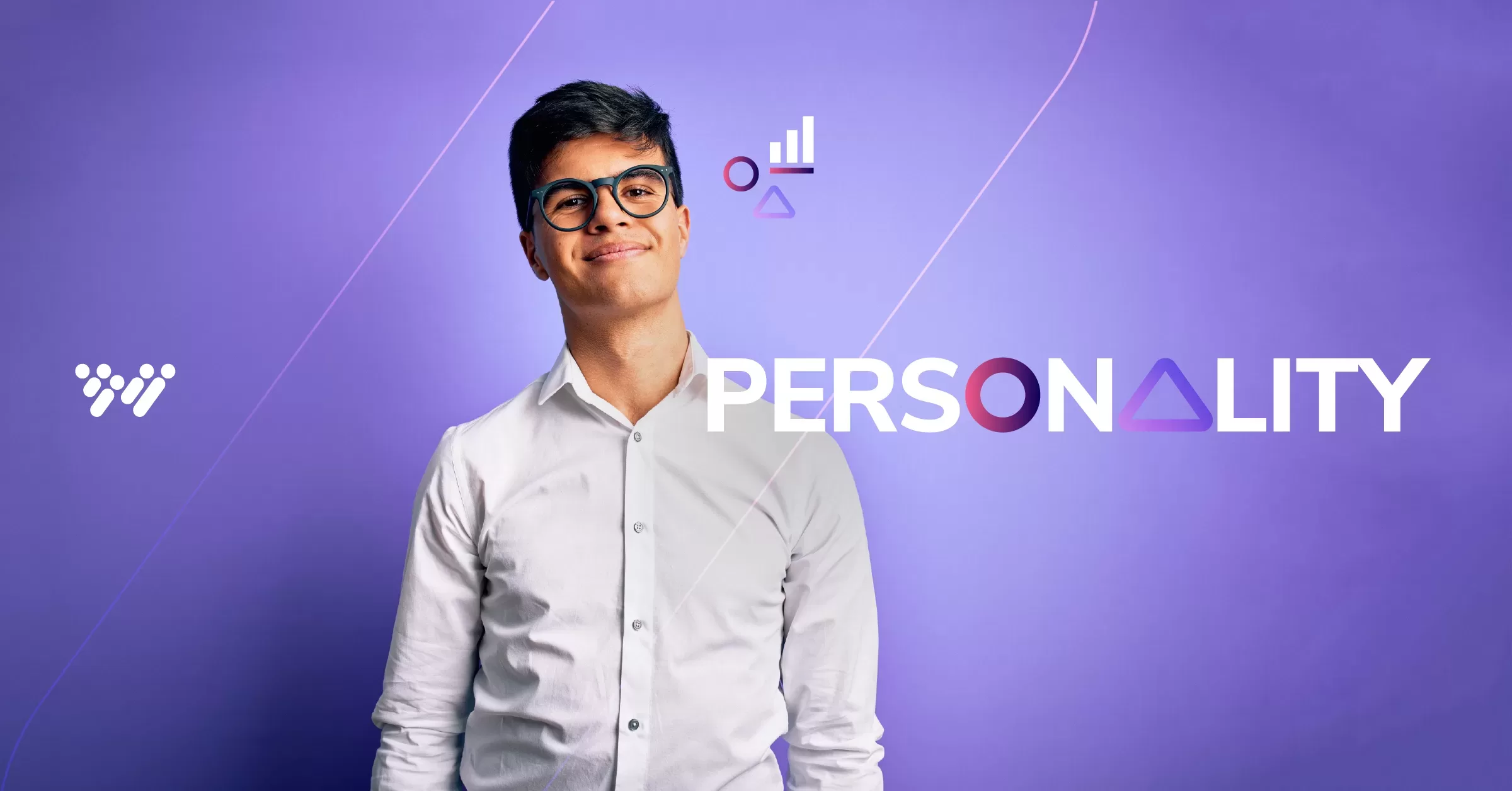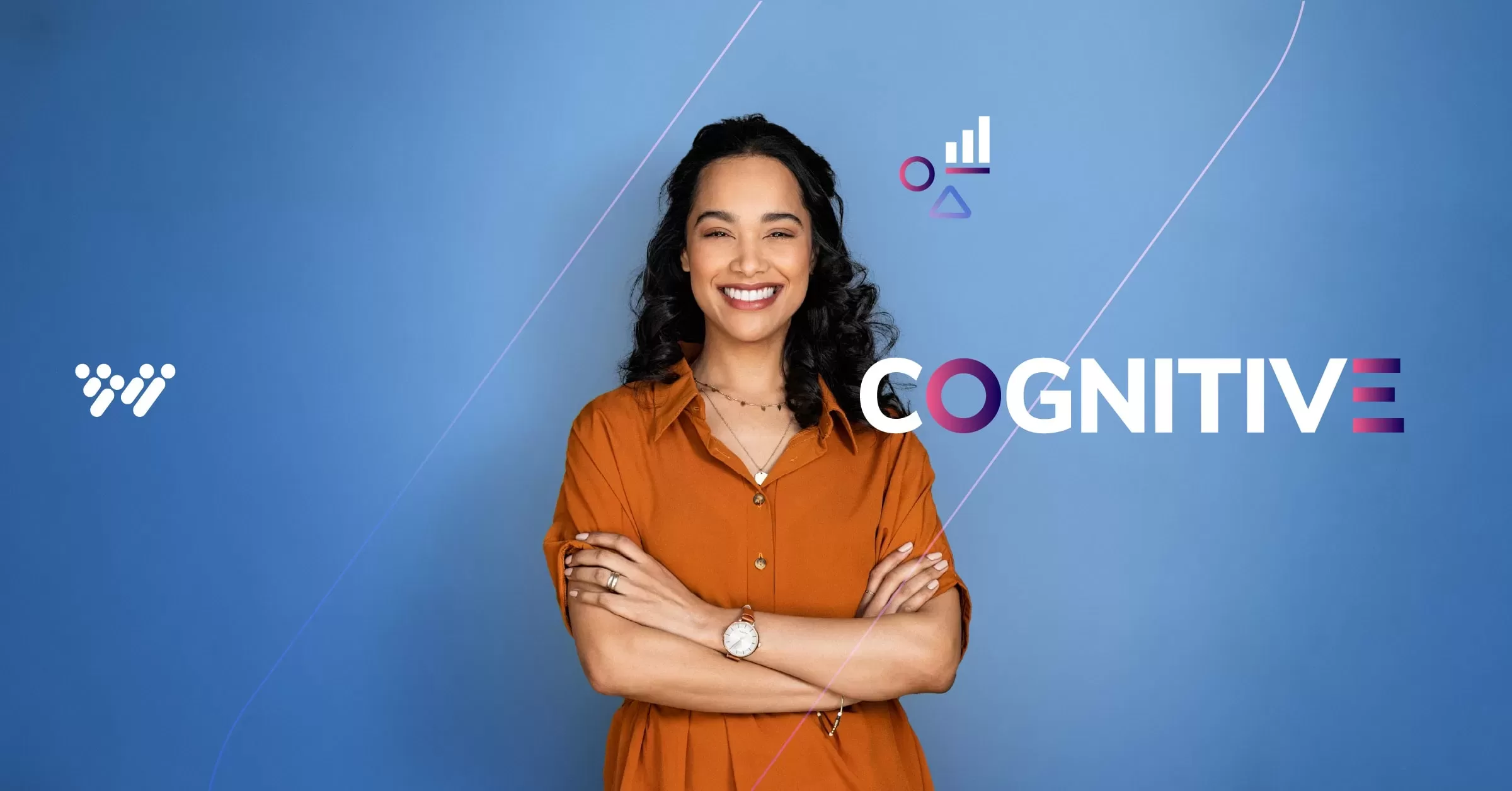According to the Harvard Business Review, 76% of organizations with more than 100 employees use some kind of pre-employment assessment during their hiring process.
But just as not all job candidates are top performers, neither are the tools used to evaluate them.
So how can you tell if there’s something better out there for your company? Here are six signs that this might be the year to rethink your approach:

#1. Your tests are short and fun—but susceptible to bias and weak on science
Some assessment providers make a big deal of the fact that their skills or aptitude tests take 10 minutes or less.
However, to get the level of insight they want, many companies find they need to bundle 5 or more of these tests together, which can end up requiring more of their candidates’ time than if they went with a more traditional assessment.
Also, this cafeteria-style approach forces hiring managers (who aren’t assessment experts) to try to figure out how to weigh a variety of different data points, which drastically increases the likelihood of unconscious bias influencing their decision.
Similarly, other vendors offer game-based assessments heavy on images (“pop this series of balloons,” “repeat this pattern of squares”) that also sell themselves as the quick, fun alternative to many long-standing assessments.
However fun these tests might be, their science doesn’t hold up for hiring purposes. They may tell you what type of person a candidate is, but can’t provide job-related insights on whether a candidate is a good fit for a particular role.
As such, these kinds of tests should NOT be used to make hiring decisions.
If your goal is to understand whether a candidate will do well in a particular job, make sure your assessment, at bare minimum, is:
- Valid: it accurately predicts the performance of employees or identifies top talent
- Reliable: the results are consistent and will be very similar no matter when someone takes the test
- Job-specific: the test doesn’t just identify general abilities or personality traits; it measures whether a candidate has the competencies required to succeed in the job they applied for

#2. Your assessment prioritizes personality over cognitive ability
Understanding someone’s general attitude and way of relating to others can help you make a better hiring decision, no question.
But assessments that make personality the centerpiece of their approach for all jobs aren’t planting their flag in the most predictive assessment construct. The more complex the job, the more important cognitive ability is to measure.
For decades, research has consistently shown that cognitive ability (how you learn, solve problems, and adapt to new challenges) is the construct most predictive of job performance—more than personality, emotional intelligence, and interests.
New research slated to appear in the Journal of Applied Psychology in 2022 reaffirms this: cognitive ability was again found to be the most predictive single construct, though the study also found that multi-measure tests centered on cognitive ability that layer on personality and interests data are the most predictive of all. (Our WonScore assessment is this kind of test; see the chart below.)
The correlation between assessment scores and job performance ratings


#3. Your provider’s job profiles aren’t specific enough
Even though there are millions of unique job titles listed on North American job sites right now, most assessment providers only offer their customers about 1,000 job profiles to match their roles to.
This limited selection is problematic for two reasons:
Standard job profiles group only by job family, and don’t account for the many dramatic differences between the jobs within that family.
Take sales roles for example. The responsibilities of a sales manager selling a complex and expensive IT product with a long sales cycle are very different than those of a telephone company sales rep who spends five minutes trying to upsell you on a faster internet speed.
If your job profiles don’t sufficiently account for the important differences in competencies and skills needed to succeed at those jobs, your results will suffer.
Also, standard job profiles don’t account for the huge number of jobs that didn’t exist a few years ago—and the new jobs yet to be created.
Gartner research found that new skills are replacing old ones more rapidly than ever before–and the jobs you see advertised online reflect that. However, standard job profiles—which are based on legacy Department of Labor data—aren’t designed to handle all the emerging jobs you may be hiring for.
Fortunately, advances in machine learning and AI are creating a better way. At Wonderlic we’ve created a proprietary new job matching technology called TrueMatch that uses data gleaned from tens of millions of LinkedIn and Indeed user profiles as well as O*NET and proprietary data to find a job profile match for more than 3.5 million unique job titles.
In other words, you no longer have to settle for one-size-fits-all job profiles. You can find one that’s just right, no matter how new or niche your roles are.

#4. Your assessment requires a lot of training and interpretation
There actually is such a thing as “too much” when it comes to hiring assessments. If you’re paying for an assessment that requires a lot of training just to begin to interpret the report and that outputs a lot of information, consider this:
- The complexity of your data can lead some hiring managers to make interpretation errors that can affect their decisions or succumb to “analysis paralysis”—both of which can damage the reputation of the assessment internally
- The barrier to entry may keep some hiring managers from using the assessment at all
- Using an assessment that requires a lot of case-by-case analysis can slow down your hiring process, and allow your competitors to snap up great talent more quickly
If you sometimes wish your assessment required less heavy lifting, consider looking at assessment tools that are generous in what they measure, but easy to understand and act on.

#5. You’re not able to give your candidates feedback about their assessment scores (if they want it)
If you’ve ever taken a hiring assessment, you probably wondered how you did—and what your strongest and weakest areas were. But most assessment providers don’t make those insights available to candidates.
If you choose a provider that gives candidates the option to receive feedback (curated to be helpful instead of critical), you’re providing applicants with something of value, even if they don’t get the job.
This can lead to a more positive overall candidate experience—and increase the chances they’ll recommend your company to others.

#6. You’re still struggling with bad hires and turnover
Companies struggle with turnover for many reasons, but hiring the wrong people is usually near the top of the list.
This is why bringing in a better pre-employment assessment can make such a huge difference, as it’s more critical than ever to get hiring right the first time.
Recent research backs this up: According to a 1000-person survey Wonderlic recently conducted with the market research firm Centiment, talent pros who work at companies that use a pre-employment assessment that measures cognitive ability, personality, and/or motivation were 370% more likely to say the quality of their hires during The Great Resignation were “excellent” than those who didn’t use a hiring assessment.
Talent pros who work at companies that use a pre-employment assessment that measures cognitive ability, personality, and/or motivation were 370% more likely to say the quality of their hires during The Great Resignation were “excellent” than those who didn’t use a hiring assessment.
And when we polled the same group about their outlook on hiring in 2022, those who didn’t use hiring assessments were almost 3 times as likely to say they felt hiring would be challenging.
Considering how expensive it can be to replace a single bad hire (according to Gallup, the cost is usually 1.5 to 2 times the employee’s salary), making even just one fewer bad hire by using a better pre-employment assessment could potentially save your company tens of thousands of dollars, covering the cost of the assessment—and then some.
(Case in point: Wonderlic has helped companies reduce turnover by as much as 400%—and save huge amounts of money and time as a result.)
To learn more about the assessment landscape and whether Wonderlic might be a good fit for your company, sign up for a quick demo with one of our talent experts.









